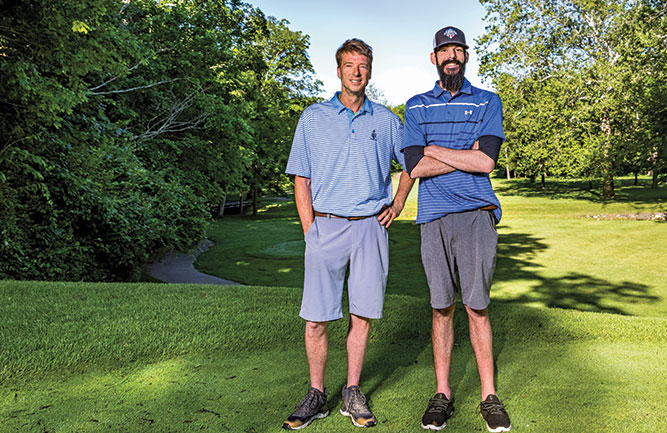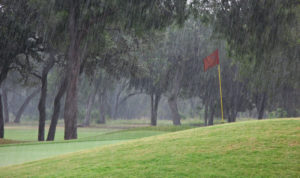From great heights
Here we are in the middle of winter and those of us in the northern part of the country are in the midst of our usual winter work — equipment maintenance, reconditioning golf course accessories, snow removal and probably a lot of other projects that you either couldn’t or didn’t get done during the season. There’s a good chance that high on your list of priorities this winter is some type of tree pruning or removal. While there’s no question that this is a necessary and often beneficial task from both a golfer safety and agronomic standpoint, it can also be extremely dangerous.
From 2003 to 2011, The United States Department of Labor reported a total of 575 tree care worker fatalities. Eighty-two of them occurred in 2011 alone. The 2011 total exceeds the number of fatalities in both commercial fishing and logging, which are commonly known as two of the most dangerous occupations in the world.
The vast majority of tree care industry fatalities were the result of falls or “contact with objects and equipment,” such as saws, chippers and falling trees and limbs. According to The Tree Care Industry Association (TCIA), the fatality rate among tree care professionals is approximately 40 per 100,000 workers, making it one of the most dangerous professions in the United States.
These statistics are based on incidents that occurred in the arboriculture industry to people who work in trees regularly and have more exposure to the dangers associated with that work. It’s fair to assume that they also have more experience and training than most of us do, yet there are still a staggering number of injuries and deaths every year.
When it comes to tree work, the danger is everywhere — falling trees, flying debris, chain saws, chippers, you name it. There are a hundred ways to get hurt. You’re standing at the base of what could possibly be a several-ton slab of wood with a chain saw running at a few thousand RPMs. It doesn’t get much more dangerous, especially in our line of work.
And once the tree is on the ground, the danger isn’t past. All it takes is one cut on a weight-bearing branch or a branch under tension to cause the tree to shift suddenly or the saw to kick back. Training, experience and safety are absolutely imperative to minimize risk when dealing with something that can be as unpredictable as tree work.
Just as dangerous as inexperience is overconfidence. You may have dropped hundreds of trees over the years, but all it takes is one mistake to become a statistic. You may have a particular drop all figured out. You know without a doubt exactly which way the tree will fall, you have a clear landing area free of obstructions and people, you’ve checked for overhead obstacles, and your escape route is planned.
But maybe you overlooked the signs of rot or insect damage in the trunk in an otherwise normal appearing tree that will cause the tree to fall uncontrollably.
Anyone who has done tree work knows not to take anything for granted, but it certainly bears repeating as even a momentary lapse of attention can have serious or even fatal consequences.
People in our business are “do-ers.” That’s an admirable quality. However, it’s important to know where to draw the line when it comes to tree pruning or removal.
When it comes down to it, we’re grass growers, not tree cutters. While there is tree work that we can safely handle, there also are situations that exceed our expertise.
If you don’t feel comfortable with a certain situation, go with your gut. Is saving your ego by not asking for help from a more experienced coworker or professional laborist really worth the risk?










